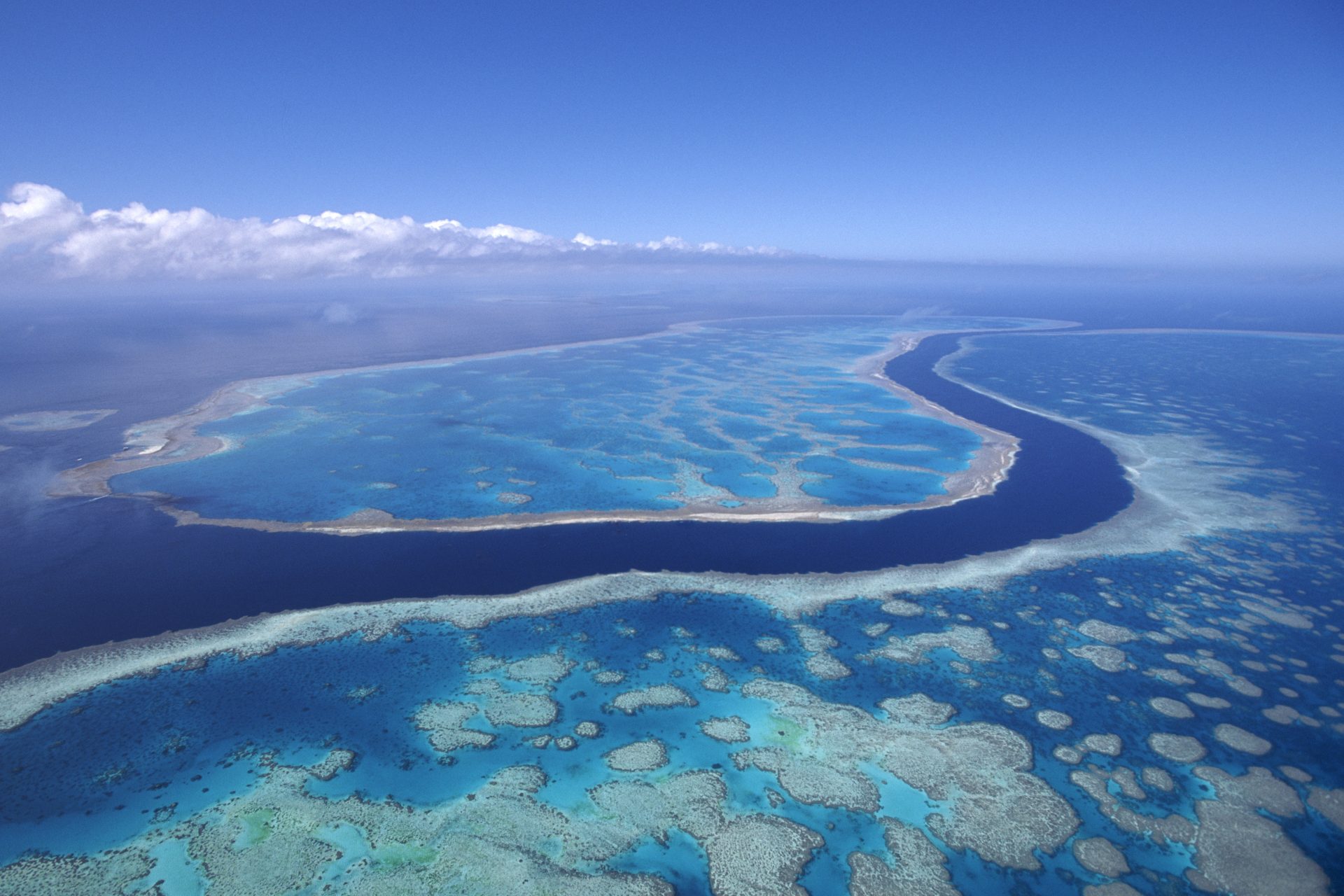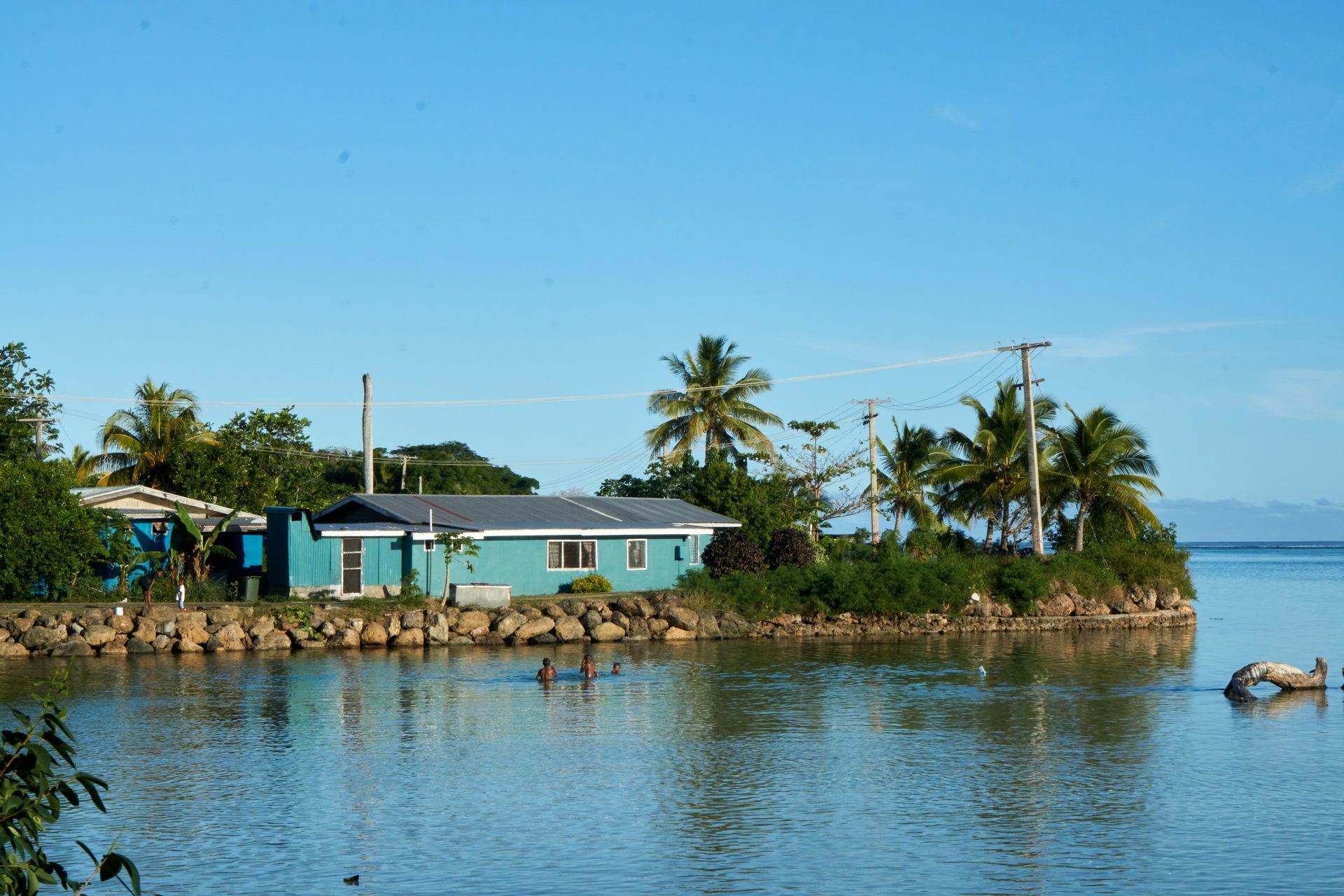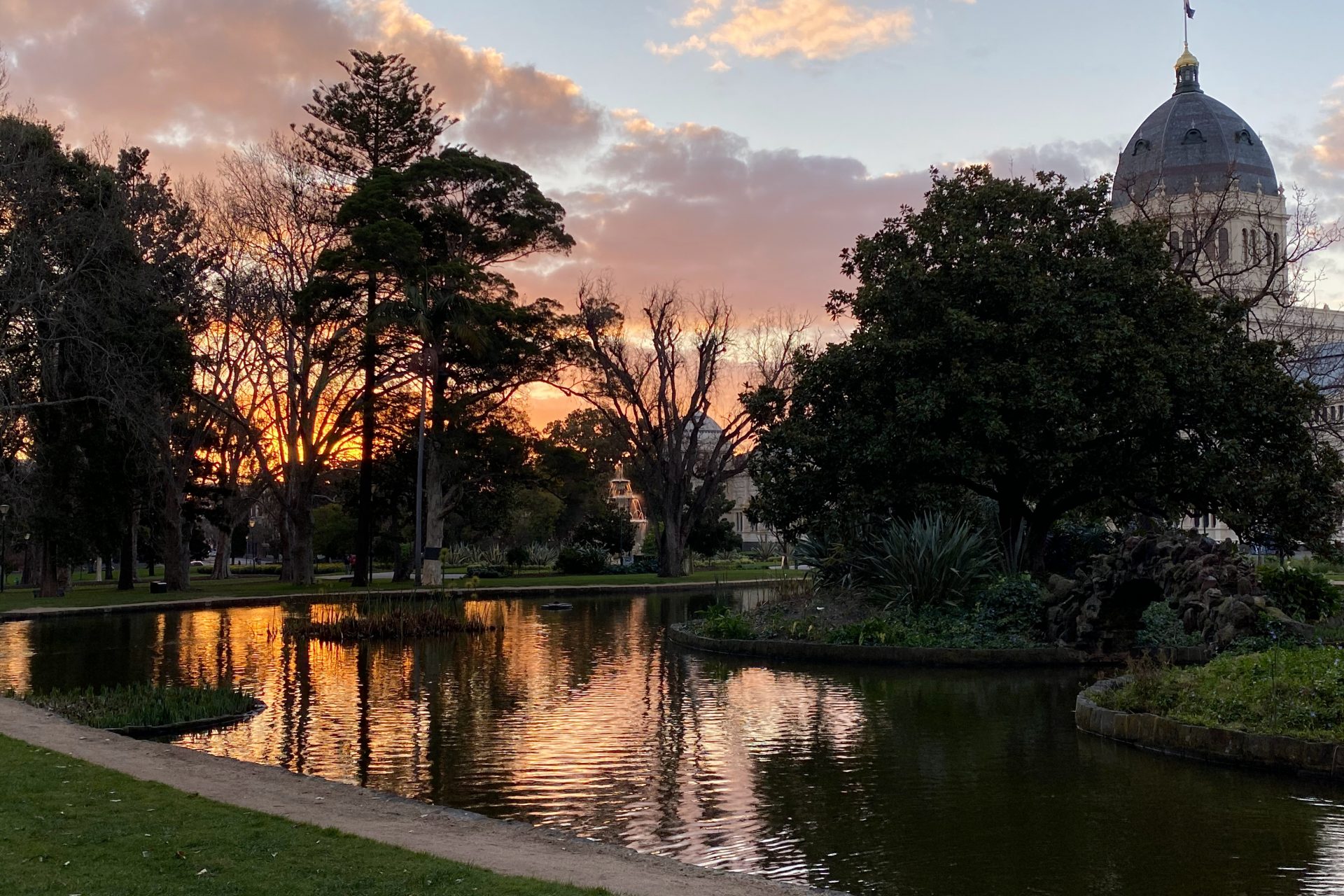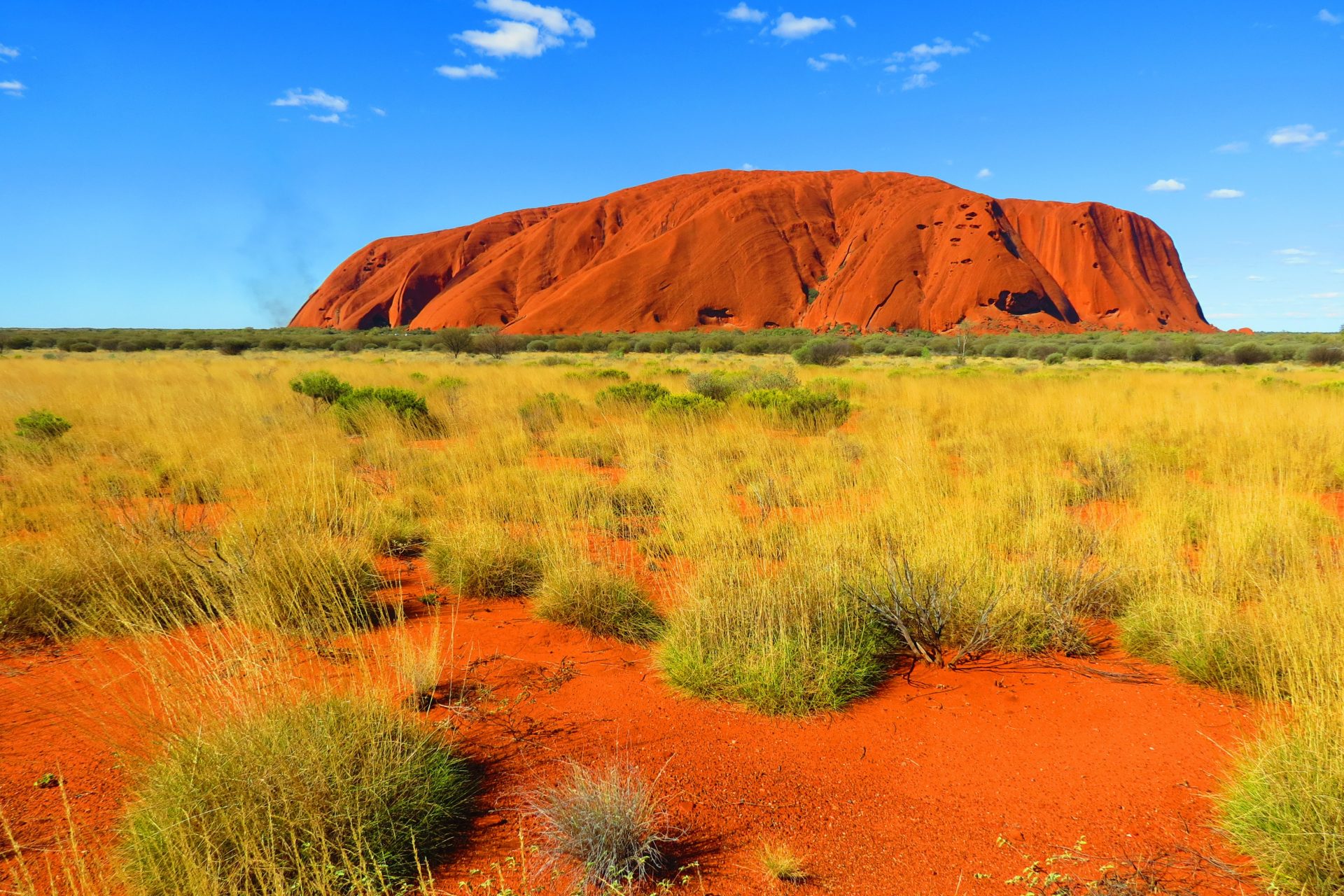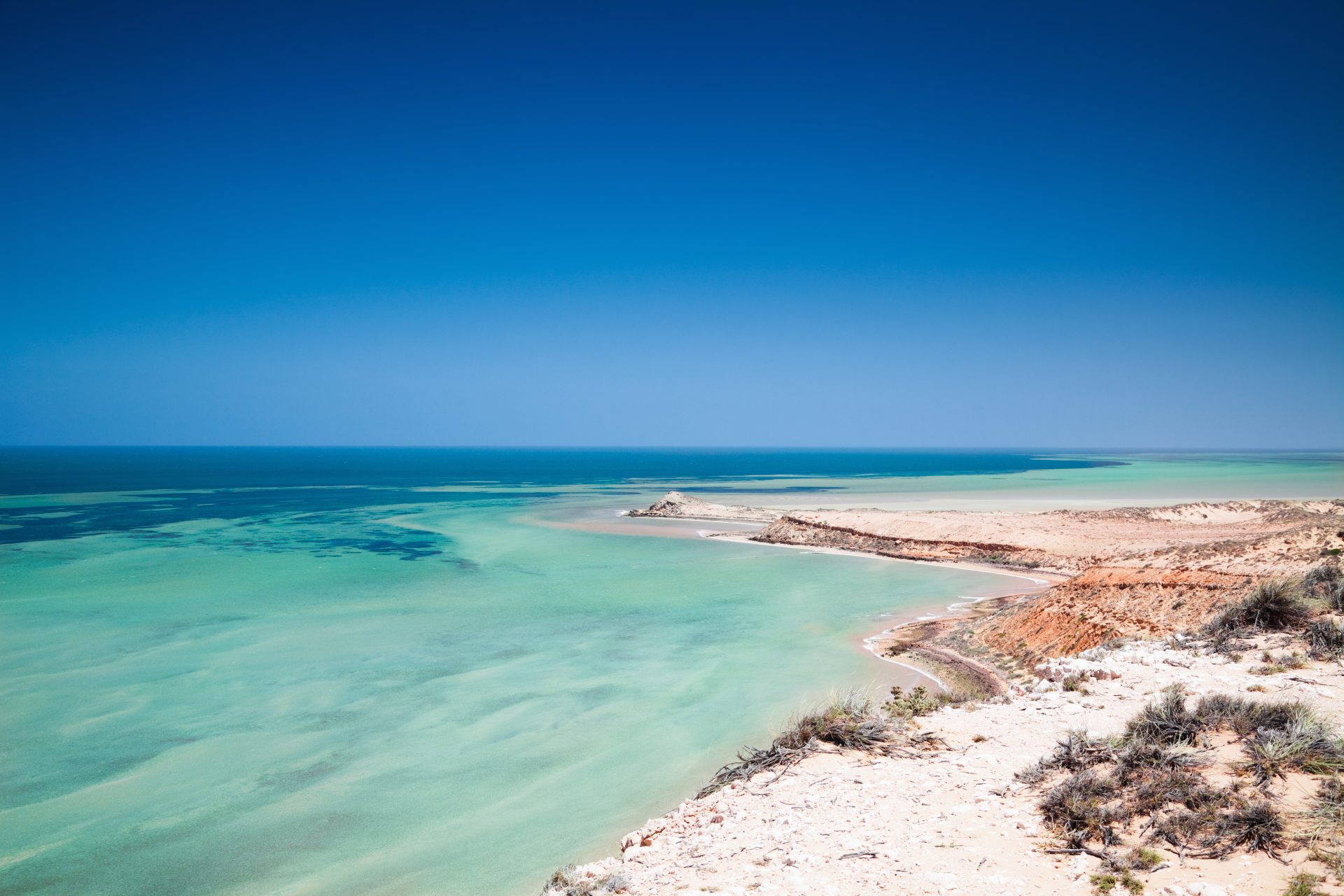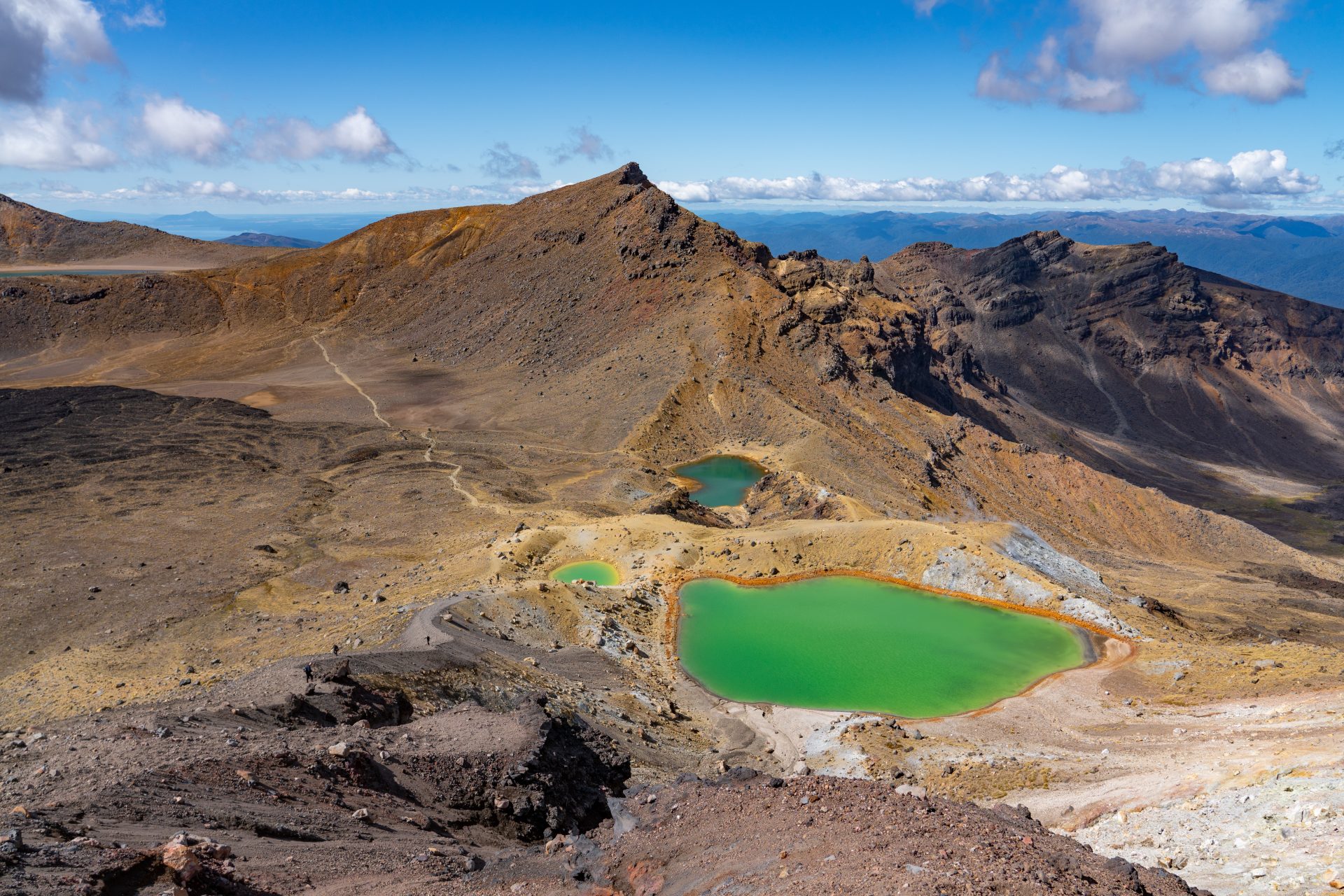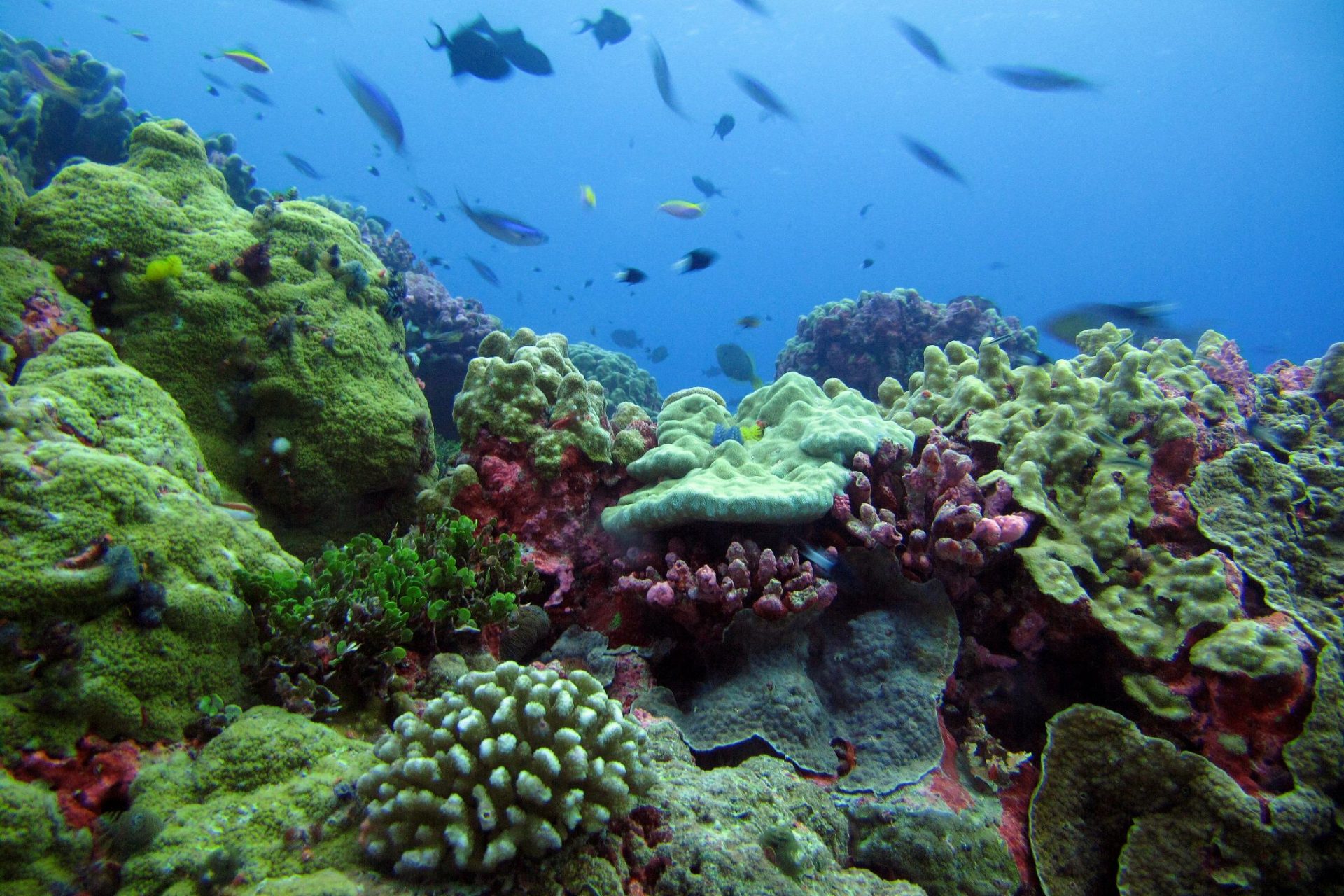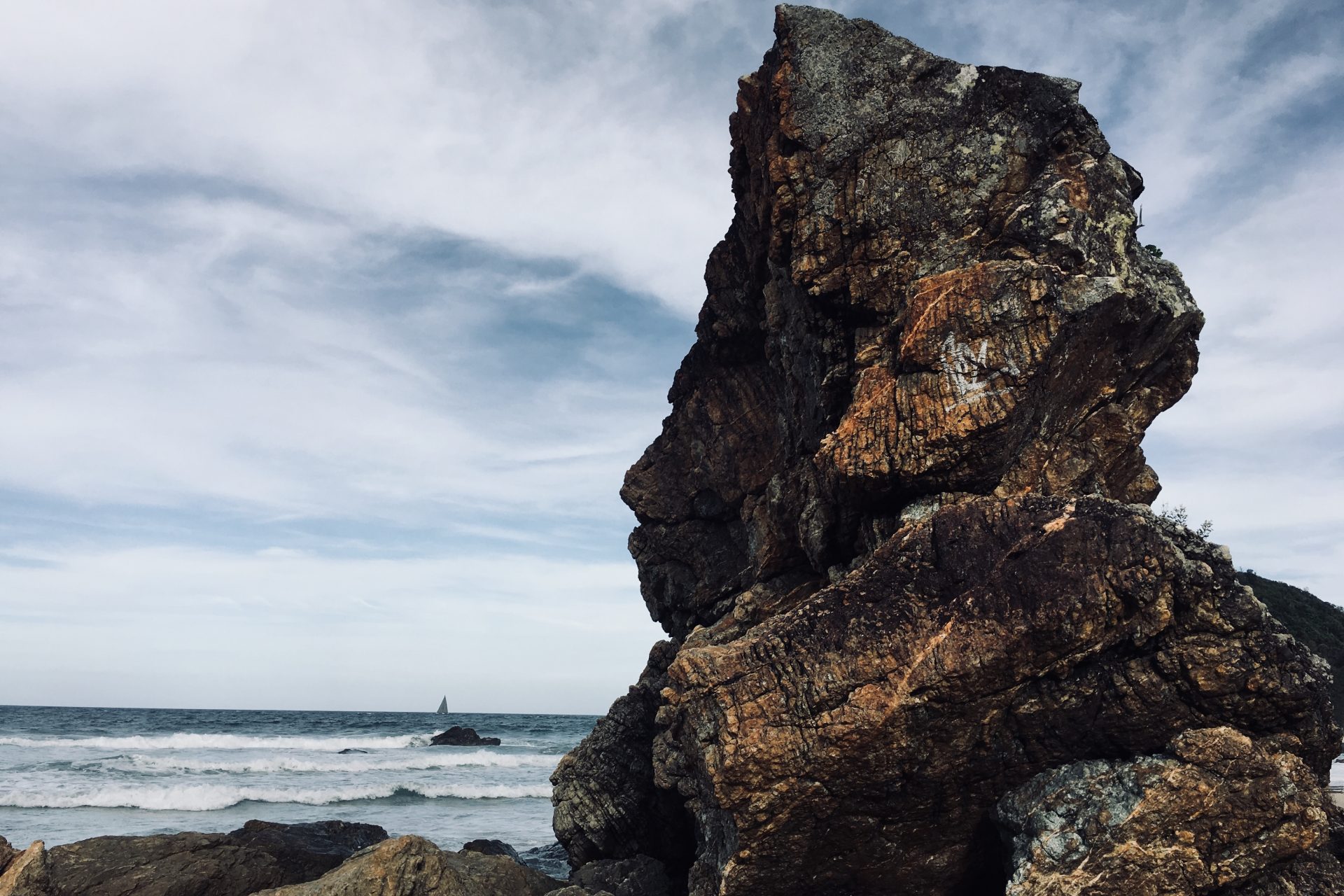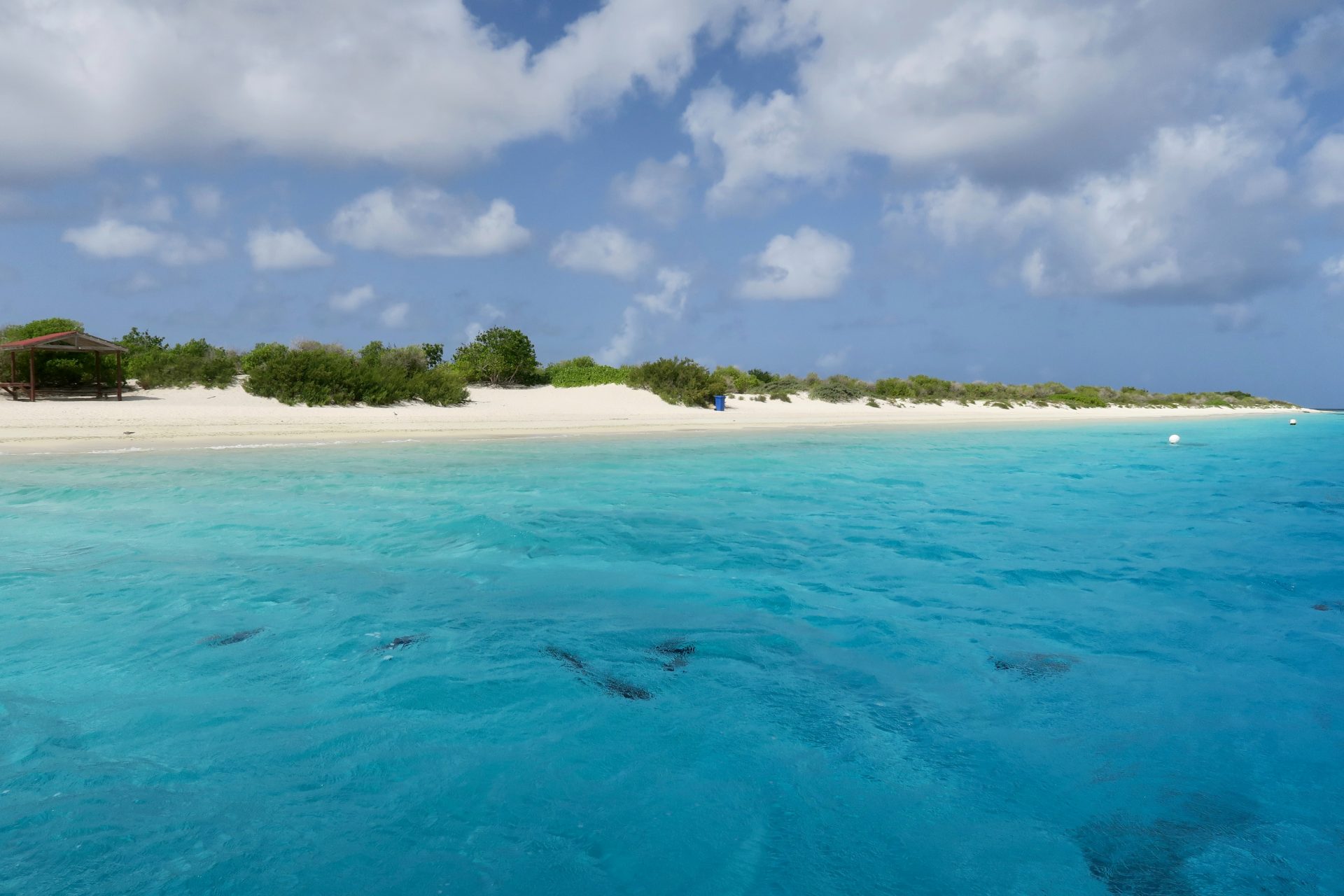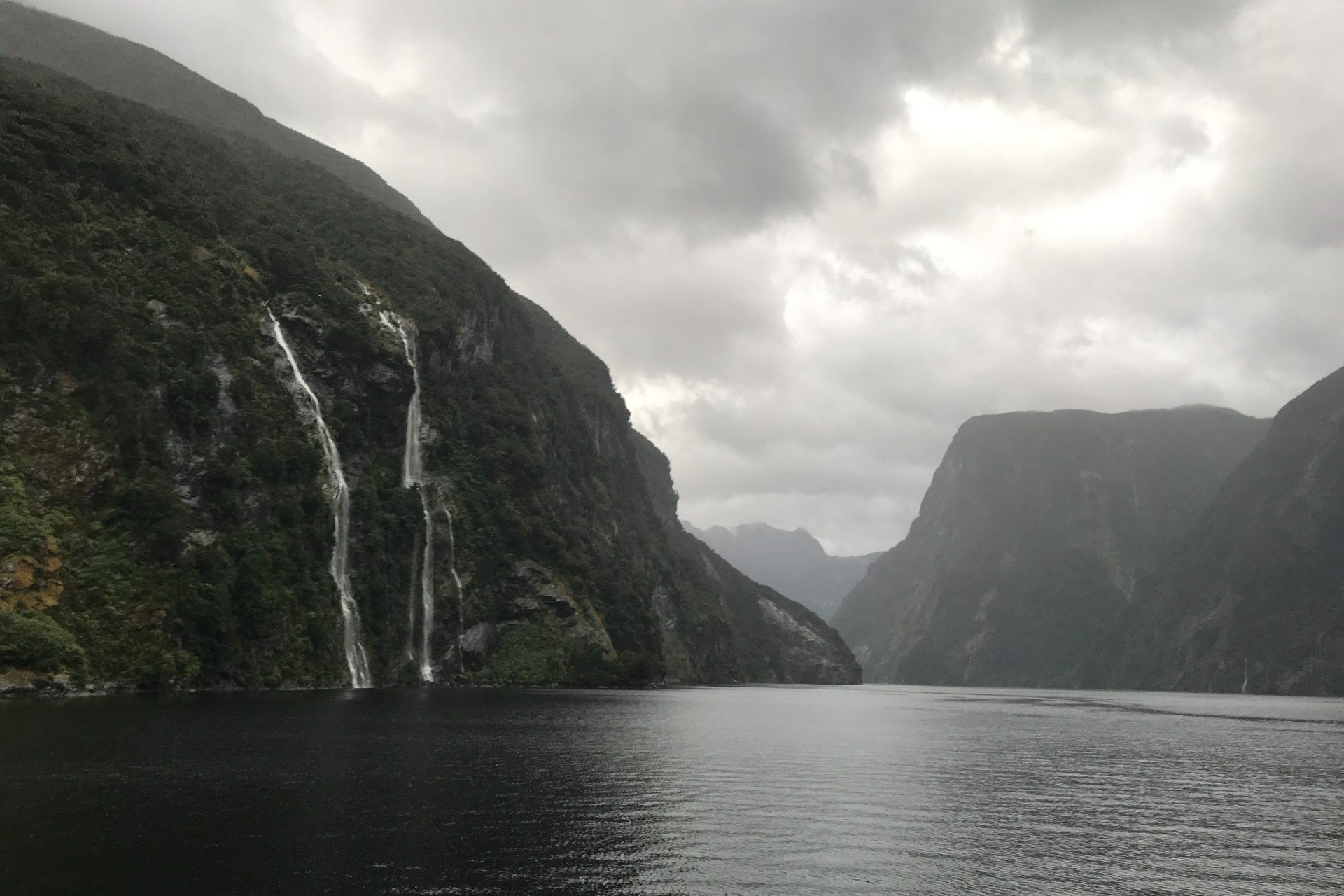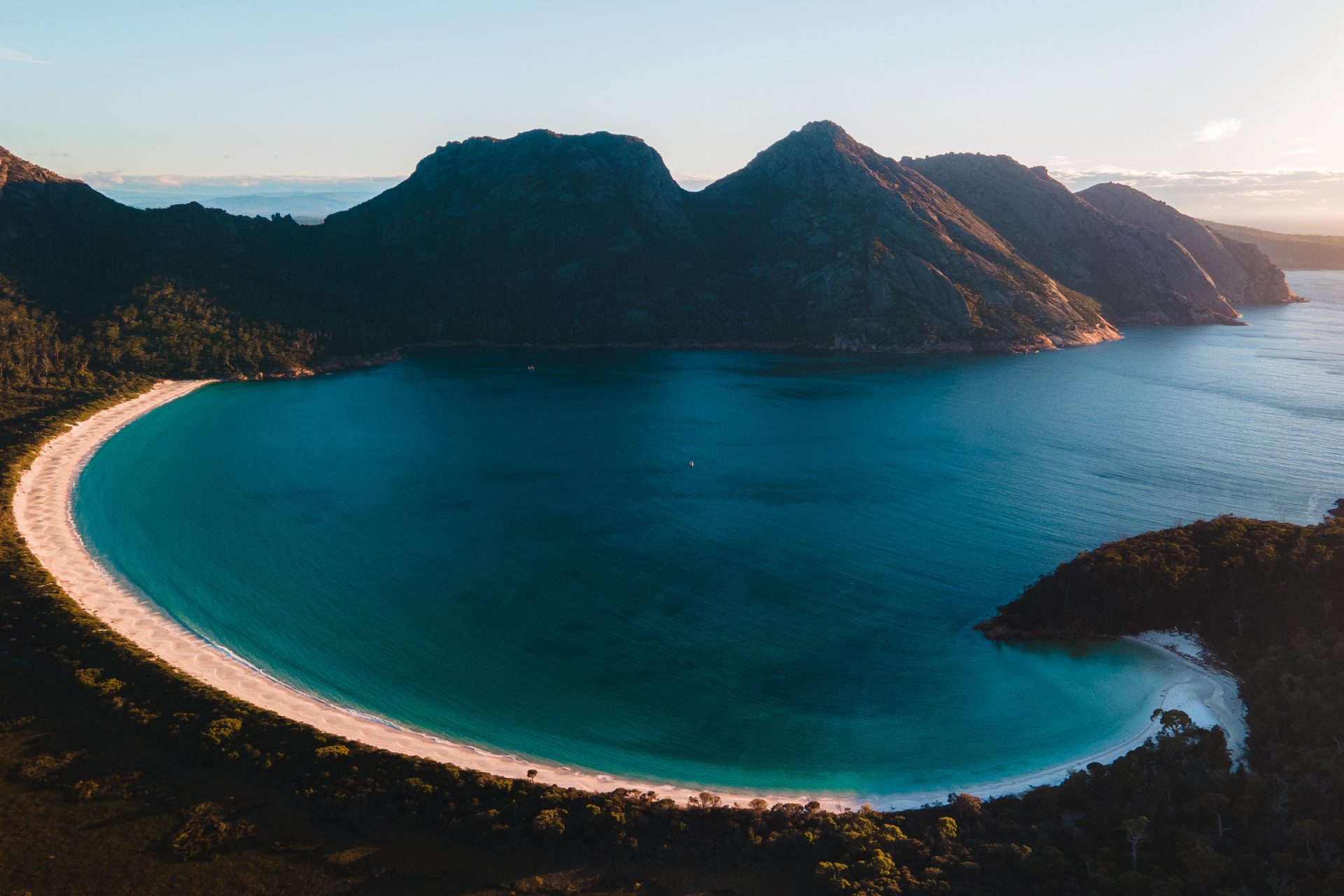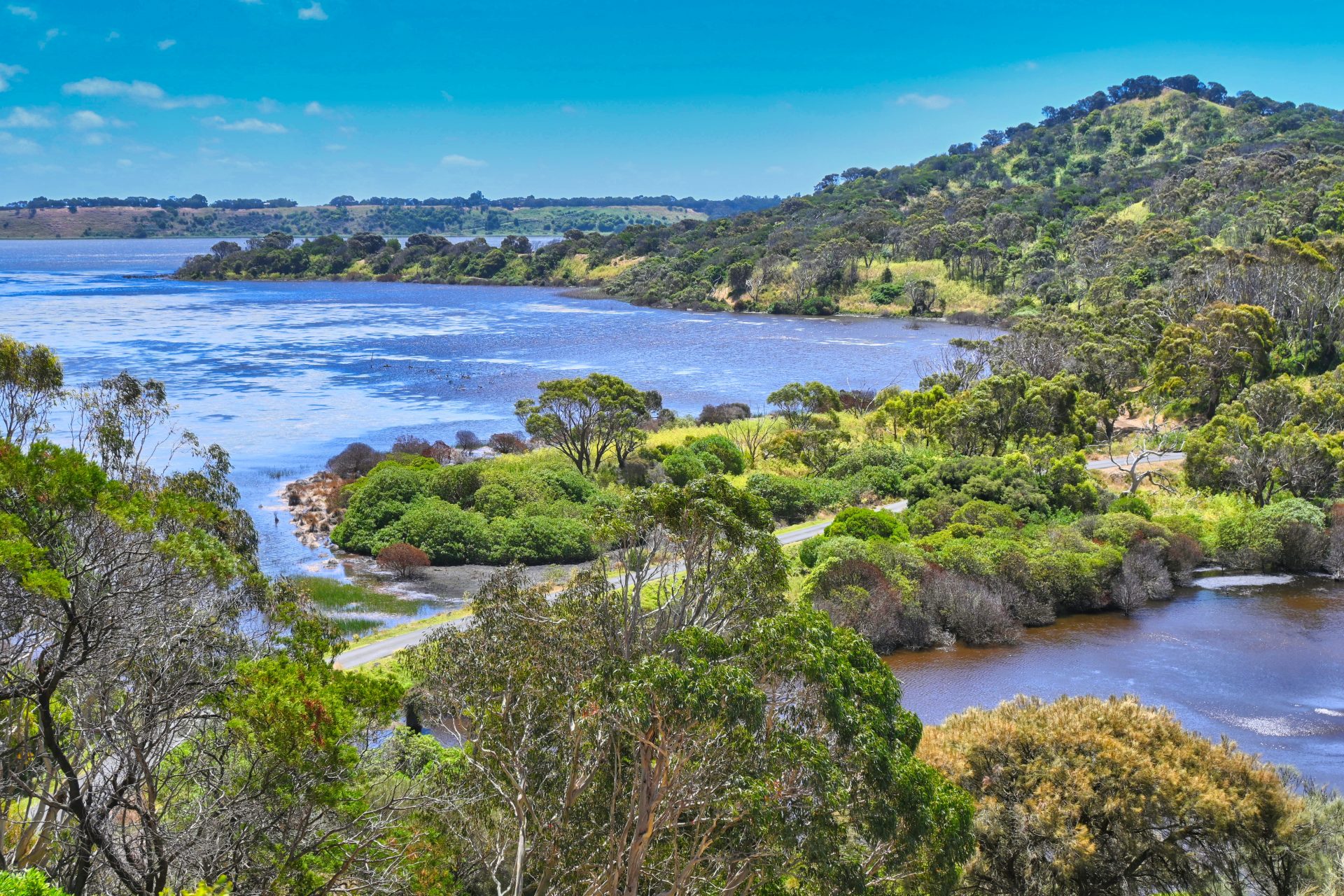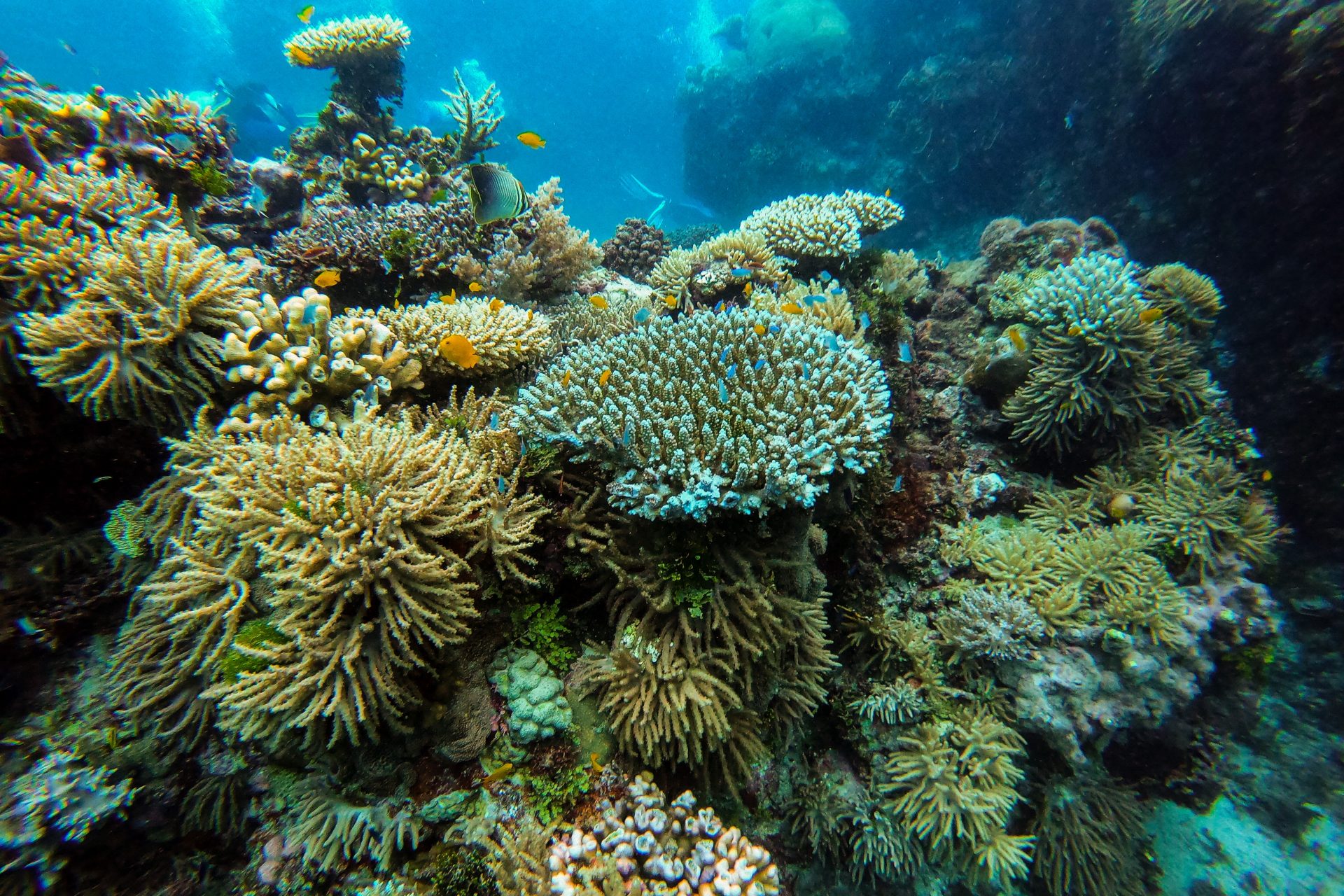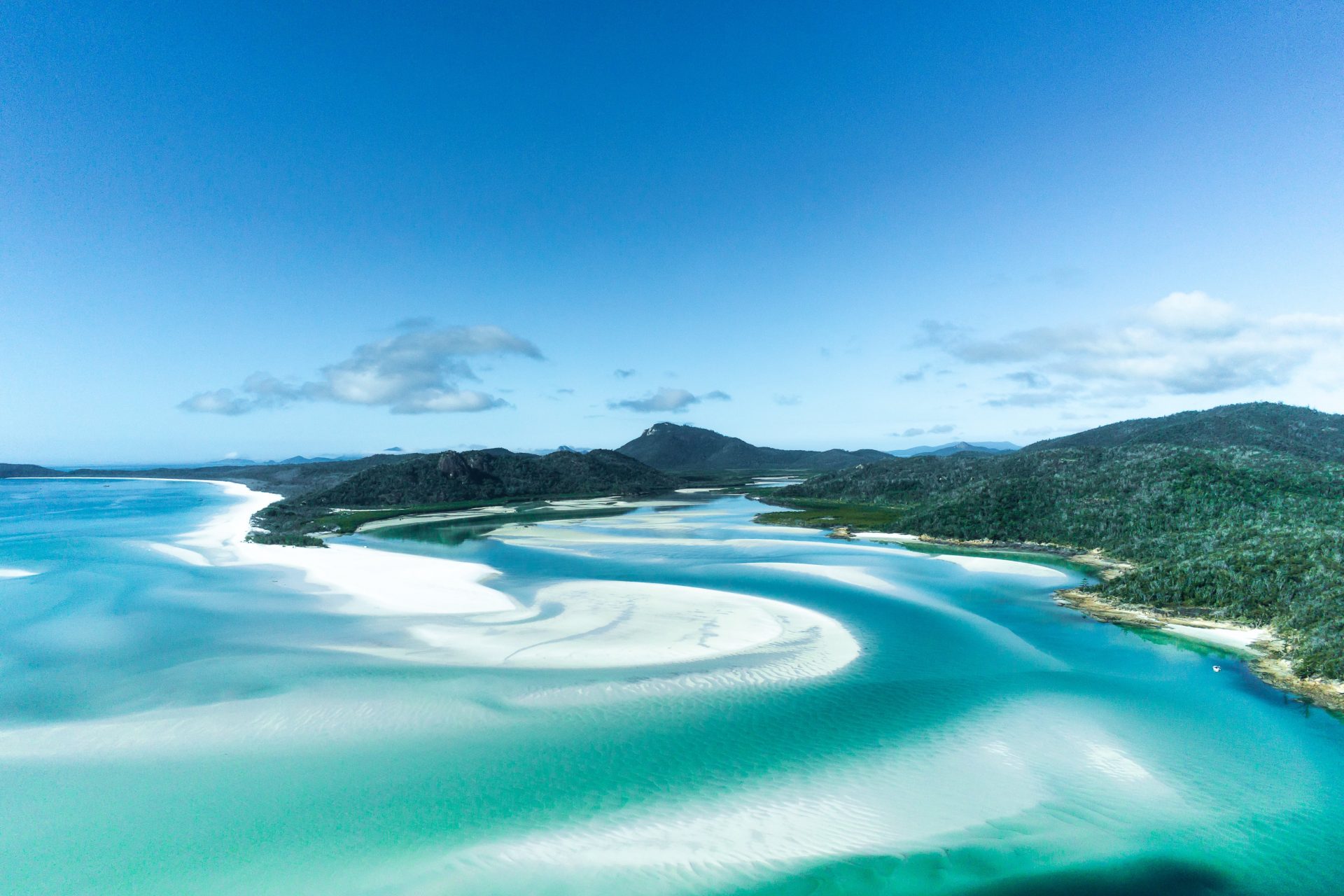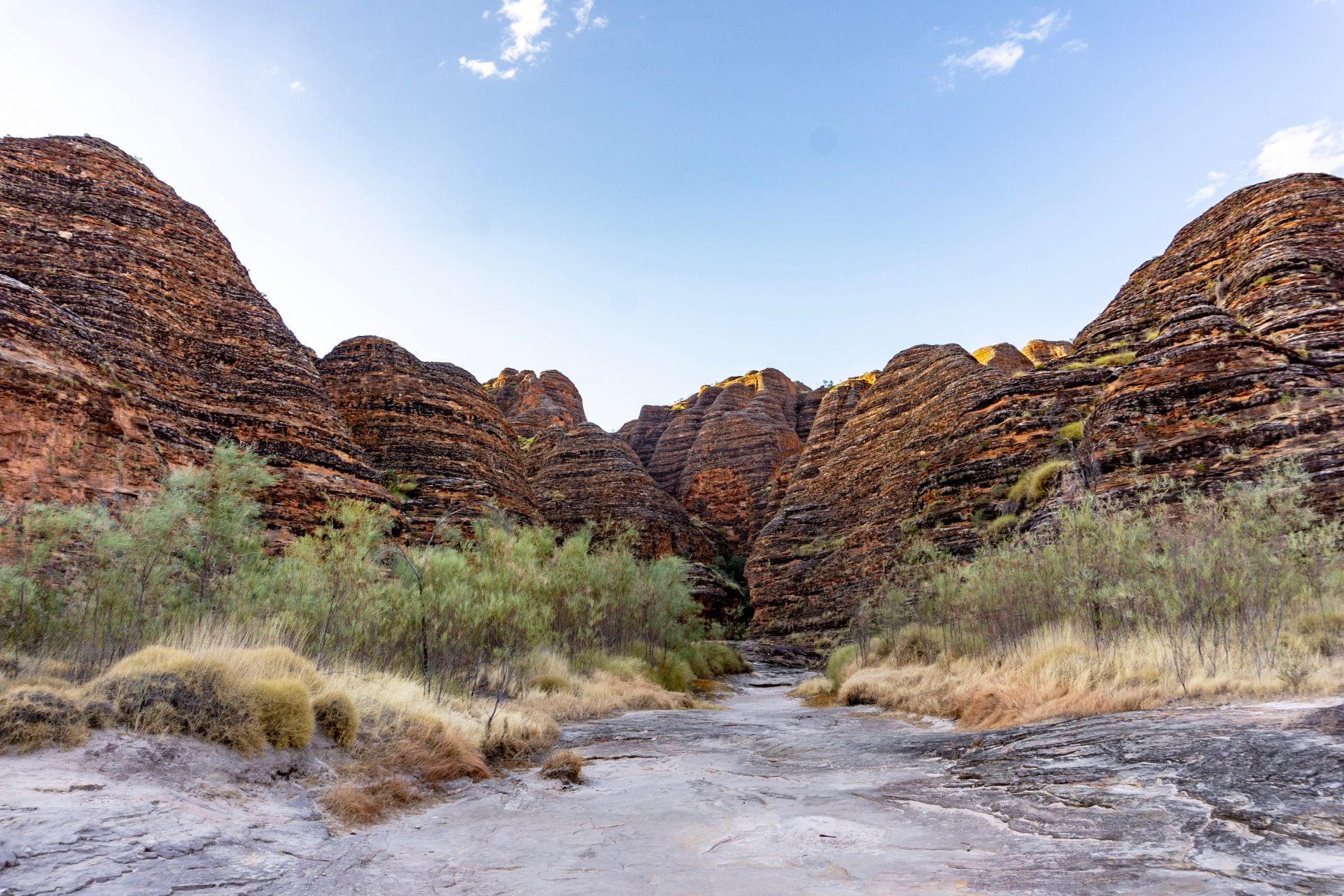Australia and Oceania: 15 beautiful, lesser known UNESCO World Heritage sites
Fasten your seat belts, because we are taking you to the most beautiful places in Oceania. All of them are so special that they made it to the UNESCO World Heritage List.
Once Fiji's first colonial capital, Levuka boasts modest low-rise buildings and picturesque surroundings among coconut and mango trees. It is an example of the coexistence of indigenous culture and colonial influences.
Photo: Arie Oldman / Unsplash
The Royal Exhibition Building and Gardens at Carlton were designed by Joseph Reed. Built to commemorate the Melbourne International Exhibitions of 1880 and 1888, they reflect an eclectic mix of architectural styles.
Photo: Jane Slack-Smith / Unsplash
The Sydney Opera House, which opened in 1973, remains an icon of 20th-century architecture and construction. The striking design includes three groups of interlocking 'shells', which form the roofs of the two main halls and a restaurant.
Located in the heart of Australia, Uluru-Kata Tjuta National Park is home to some of the most spectacular geological formations in the world. This includes the world-famous monolith Uluru, a huge sandstone rock with an imposing base circumference of 9.4 kilometers (5.8 miles).
Photo: Michael Jerrard / Unsplash
Shark Bay is located on the west coast of Australia and is a natural wonder. Its unique environment provides a natural refuge for endangered species, including humpback whales and southern right whales.
Located on New Zealand's North Island, Tongariro is an important area for the Maori people. It includes the majestic Ruapehu, Ngauruhoe, and the Tongariro mountain range, with altitudes ranging from 500 to 1,550 meters (5,085 ft).
Photo: Timo Volz / Unsplash
Located in the South Pacific Ocean, the Phoenix Islands Protected Area extends over an impressive area of 408,250 square kilometers (157,630 sq miles) and is the largest designated marine protected area in the world.
Photo: Dr. Randi Rotjan, New England Aquarium (neaq-org), CC BY-SA 3.0 / Wikimedia
Macquarie Island is located 1,500 kilometers (932 miles) southeast of Tasmania. The island is the exposed summit of the Macquarie Underwater Ridge. The active motion of rocks from the Earth's mantle results in beautiful cushion-shaped basalt formations.
Photo: Jo / Unsplash
New Zealand's sub-Antarctic islands provide a sanctuary for rare birds and marine mammals. These islands include the Snares, Bounty Islands, Antipodes Islands, Auckland Islands, and Campbell Island.
Photo: Stephan van de Schootbrugge / Unsplash
Te Wahipounamu in New Zealand is an enchanting landscape. The area contains fjords and rain forests and has great spiritual significance for the Maori community.
Photo: Jim Ream / Unsplash
An ancient rain forest, the Tasmanian Wilderness is home to an abundance of native flora and fauna in a pristine landscape and covers an area of no less than 1 million hectares.
Photo: Lochlainn Riordan / Unsplash
Budj Bim highlights the volcanic terrain of its surroundings and the unique aquaculture system of the Gunditjmara people as they adapted to the natural landscape.
Photo: Enguerrand Blanchy / Unsplash
The Great Barrier Reef is the largest coral reef in the world. Its crystal-clear waters are home to an incredible variety of marine species.
Photo: Daniel Pelaez / Unsplash
This remarkable area of North Queensland is home to an abundance of plant and animal species in lush rain forests. Here you will find rare and endangered species, from majestic tree ferns to colorful birds.
Photo: Guillaume Marques / Unsplash
This national park in Northwestern Australia is home to the famous Bungle Bungle formations. These impressive sandstone cones with horizontal dark gray stripes of cyanobacteria were formed after millennia of erosion.
Photo: Ben Carless / Unsplash
Follow Showbizz Daily to stay informed and enjoy more photo galleries!

